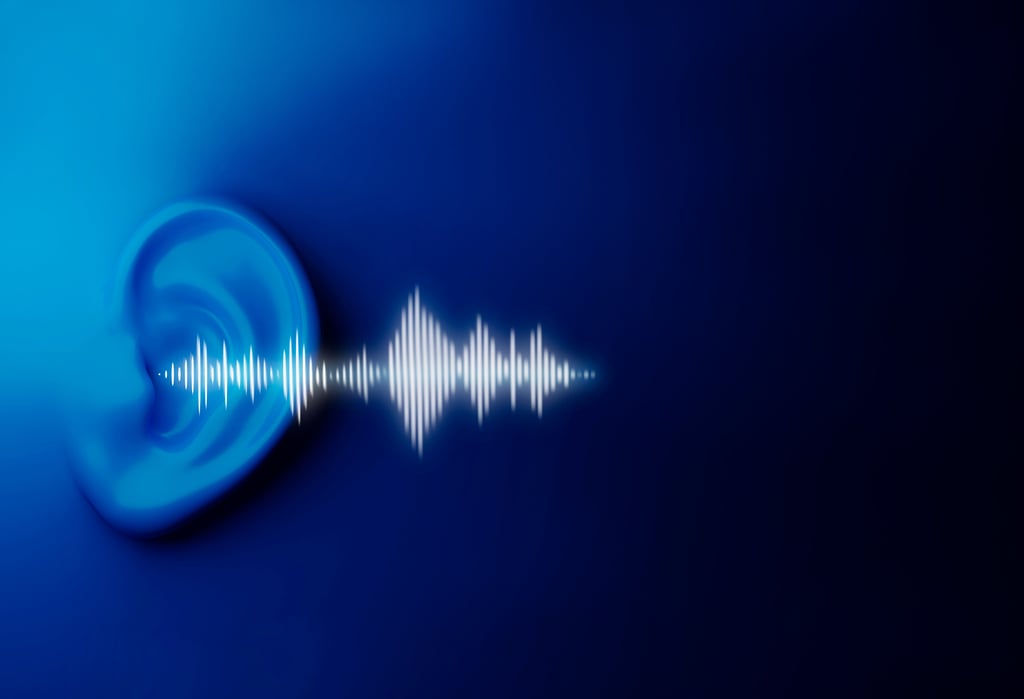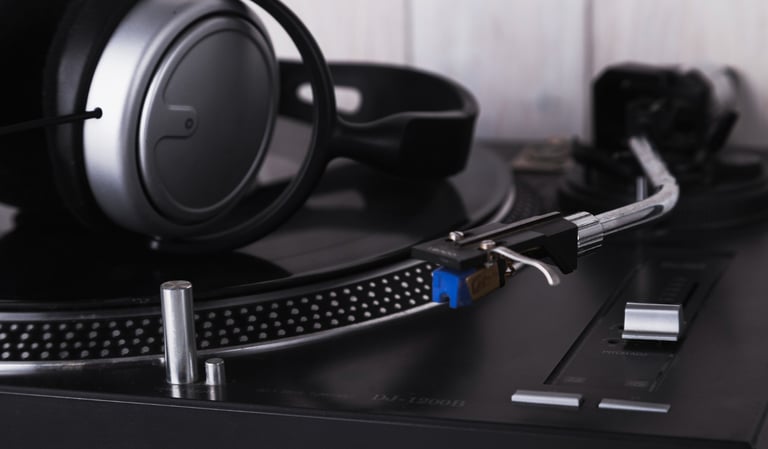Tips for Clearer Audio Recordings in Virtual Meetings: A Guide for Researchers
Virtual meetings are now a cornerstone of modern research collaboration and data collection. Yet, without clear audio, even the most insightful discussions can lose their impact.
6/7/20253 min read


In the realm of research, virtual meetings have become indispensable for collaboration, data collection, and knowledge dissemination. However, subpar audio quality can hinder communication, leading to misunderstandings and reduced productivity. This guide offers practical, research-backed strategies to enhance audio clarity in virtual meetings, ensuring your message is conveyed effectively.
1. Invest in Quality Audio Equipment
Relying on built-in laptop microphones often results in poor audio quality. For clearer recordings:
USB Microphones: Devices like the Blue Yeti or Samson Q2U provide superior sound capture.
Headsets with Boom Mics: These combine convenience with clarity, reducing background noise.
Lavalier Microphones: Clip-on mics offer portability and are ideal for presentations.
Selecting the right microphone significantly reduces echo and background hiss, enhancing overall audio quality.
2. Optimize Your Recording Environment
The setting of your virtual meeting plays a crucial role in audio clarity:
Choose a Quiet Location: Select the quietest available recording location and avoid locations with excessive reverb or echo.
Minimize Background Noise: Turn off fans, air conditioners, and other noise-generating devices.
Use Sound-Absorbing Materials: Carpets, curtains, and soft furnishings can dampen ambient noise.
A controlled environment ensures that your voice remains the primary focus during recordings.
3. Configure Software Settings Appropriately
Proper software settings can enhance audio quality:
Test Audio Beforehand: Practice testing your audio connection before your meeting or interview.
Adjust Noise Suppression: Avoid setting the software’s noise suppression function too high.
Enable High-Fidelity Modes: In platforms like Zoom, enabling 'Original Sound' and 'High fidelity music mode' can improve audio clarity.
Tailoring software settings to your environment and equipment ensures optimal audio performance.
4. Maintain Proper Microphone Technique
Your interaction with the microphone affects recording quality:
Positioning: Place the microphone 6–12 inches away from your mouth to balance clarity and minimize plosives.
Speak Clearly: Articulate words and maintain a steady pace to ensure intelligibility.
Avoid Touching the Microphone: Unnecessary handling can introduce unwanted noise.
Consistent microphone technique contributes to professional-sounding recordings.
5. Utilize Post-Processing Tools
Enhance your recordings with post-processing:
Speech Enhancement Tools: AI-based tools can significantly improve recorded speech, making it studio-quality.
Noise Reduction Software: Applications that filter out background noise in real-time can elevate recording quality.
Post-processing can salvage recordings affected by unforeseen audio issues.
6. Adopt Good Meeting Etiquette
Behavior during meetings impacts audio quality:
Mute When Not Speaking: This prevents background noise from disrupting the meeting.
Avoid Interruptions: Let others finish speaking before responding to maintain clarity.
Inform Participants: Remind attendees that the meeting is being recorded to encourage mindful communication.
Cultivating respectful meeting habits enhances the overall audio experience.
7. Regularly Update and Maintain Equipment
Keeping your equipment in top condition ensures consistent audio quality:
Software Updates: Regularly update your conferencing software and audio drivers.
Equipment Checks: Inspect microphones and headsets for wear and tear.
Internet Connection: Use a wired connection when possible to prevent audio dropouts.
Proactive maintenance prevents technical issues during critical meetings.
Conclusion
Clear audio is vital for effective communication in virtual meetings, especially for researchers sharing complex information. By investing in quality equipment, optimizing your environment, configuring software settings, and maintaining good practices, you can ensure your message is heard loud and clear.
Moreover, clear audio is essential if you plan to transcribe meetings or interviews. Accurate transcriptions depend heavily on high-quality recordings. Background noise, muffled speech, or inconsistent audio levels can result in transcription errors that compromise data integrity and analysis. For researchers, this can mean the difference between usable insights and flawed conclusions.
Ensuring optimal audio quality not only improves communication but also guarantees the reliability of your recorded content for future reference and documentation.
If you need professional help with accurate, clear and confidential transcription services, Saravapro is here to support your needs with reliable, easy-to-use solutions.
Image source: Freepik








SARAVA PRO
Expert virtual assistance for your business needs.
Contact us
Focus
+91 9952642607


